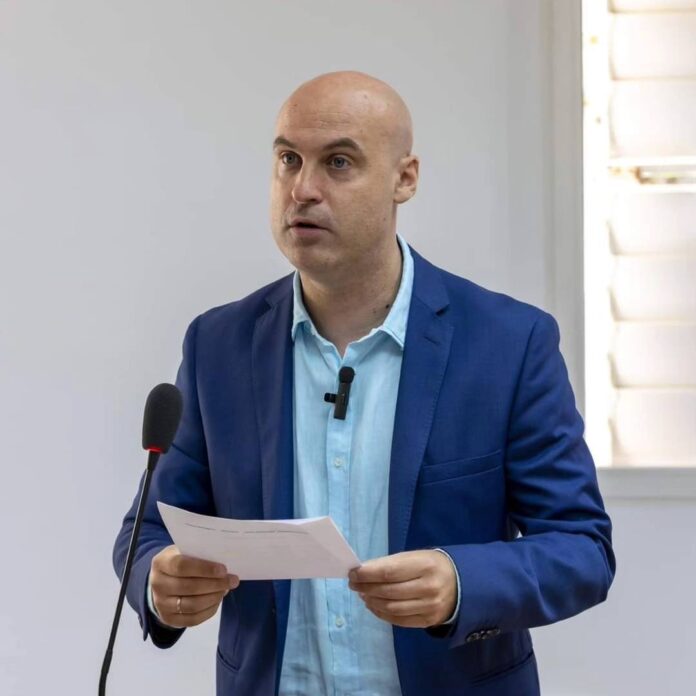With the influx of summer tourists, Torrevieja, faces the same unfortunate problem every year with a lack of availability of its taxis, particularly with the late night rush, as holidaymakers and residents face long queues as they attempt to find a ride home.
Currently, Torrevieja has 86 taxi licences, of which only 84 are in operation due to legal problems with two others.
Of the active licences, between 10 and 12 taxis only operate during the hours of daylight. In addition, there are always a number of vehicles being serviced, drivers taking rest days and there are pick-ups at Alicante airport. In high season, only between 60 and 65 taxis are available to meet the demand of the entire population.
Sueña spokesperson, Pablo Samper, thinks he has a solution, proposing the temporary authorisation of 30 licenses from April 1 to September 30, this period coinciding with the summer months.
“We propose a practical and effective solution: the allocation of 30 temporary licenses for the high season, operating from April 1 to September 30. This measure would alleviate the burden on the current system, ensuring that both tourists and residents can enjoy an efficient and accessible taxi service,” he said.
Every summer, the population of Torrevieja triples, rising from 100,000 to over 300,000 people during the months of July and August. This increase generates an excessive demand for taxi services, leaving tourists and residents waiting for hours for a vehicle or, in many cases, without access to the service. The situation is particularly serious for those who have to travel to their place of work or to hospitals or health centres.
The reality is that the traffic chaos and long waits at key points such as Avda Ramón Gallud, Paseo de la Libertad, the Habaneras shopping centre, Carrefour, outpatient clinics, and the areas of La Mata and the beaches, rarely see free taxis that are able to pick up passengers. In addition, the construction of new housing estates, such as that at La Hoya, will add 7,000 homes and 14,000 more people to the city’s traffic, further aggravating the problem.





